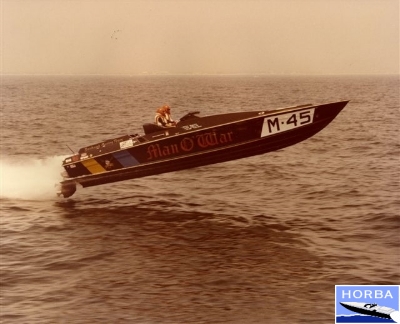Thanks in advance for your help. I have a port carbed, fwc, crusader engine with about 900 hours that has a vd tranny slightly overheating with a little oil coming from the over pressure relief valve and some steam in exhaust. Over a two year period have replaced-oil cooler, risers, raw water pump, freshwater pump, new transmission oil lines to cooler, and finally we replaced the Velvet drive transmission. The temp on the tranny is 40 degrees higher than starboard and the temp at the thermostat on both engines is within a few degrees of each other with IR gun. As stated there is definitely steam on port side exhaust and we feel it is a flow issue but just can not seem to find the problem. Have also swapped out hoses so that the stbd raw water pump went to port and vice versa-no relief. Has anybody ever had an issue with output side of cooling flow and has that been an issue. The overall operating temp on port side is about 175 compared to 160-5 on other side with console gauges. Thanks again for your help
Home
Outboard Motor Parts
Chrysler outboard parts Evinrude outboard parts Force outboard parts Honda outboard parts Johnson outboard parts Mariner outboard parts Mercury outboard parts Suzuki outboard parts Tohatsu outboard parts Yamaha outboard partsInboard & Sterndrive Engine Parts
Chrysler Marine inboard parts Crusader Marine parts MerCruiser sterndrive parts OMC sterndrive parts Pleasurecraft Marine parts Volvo Penta marine parts + MoreAll Engine Brands
All Manuals HomeOutboard Repair Manuals
Chrysler outboard manuals Evinrude outboard manuals Force outboard manuals Honda outboard manuals Johnson outboard manuals Mariner outboard manualsMercury outboard manuals Nissan outboard manuals Suzuki outboard manuals Tohatsu outboard manuals Yamaha outboard manuals
Inboard & Sterndrive Engine Manuals
MerCruiser sterndrive manuals OMC sterndrive manuals Volvo Penta marine engine manualsPlease Note
MarineEngine.com does not offer troubleshooting assistance or repair advice by email or by telephone.
You are invited to join our public Boat Repair Forum to seek assistance from other members.
You may also visit the Boat Motor Manuals section of our site to obtain a service manual.


